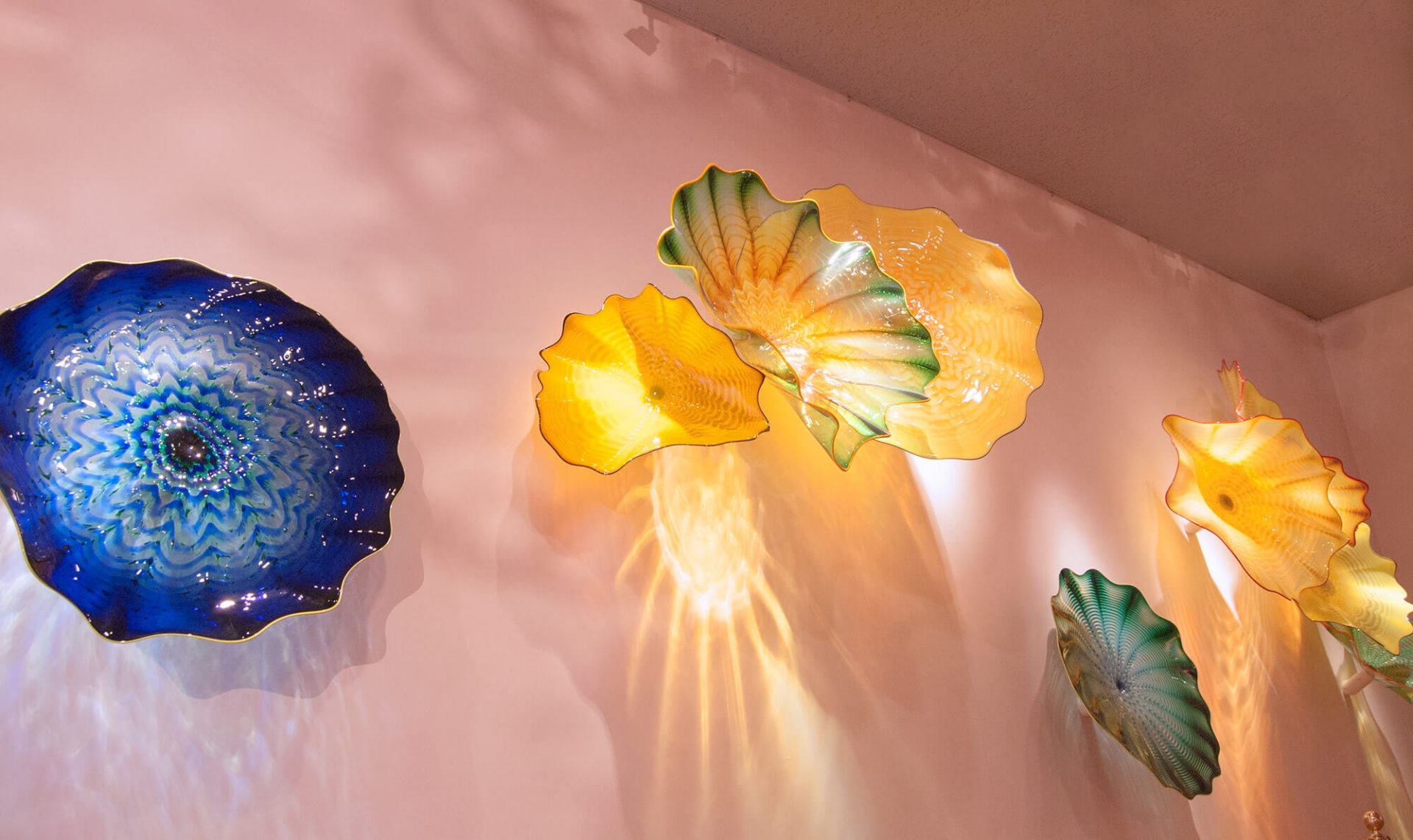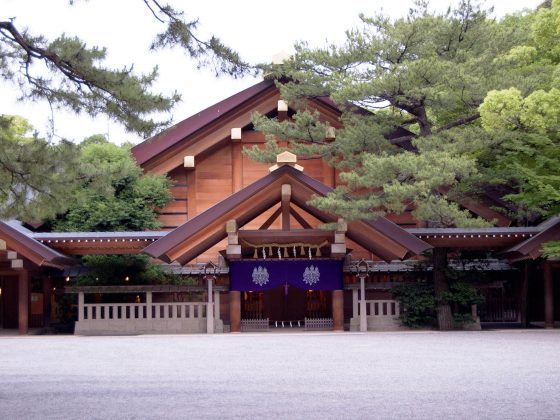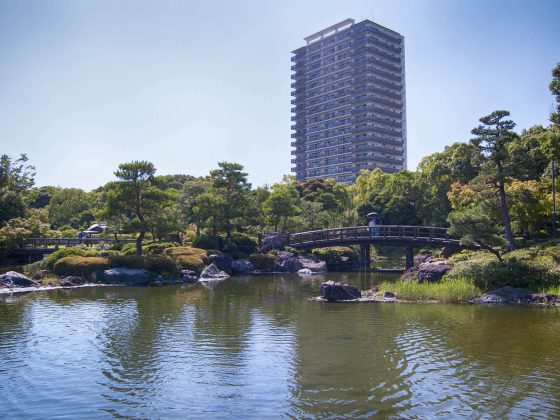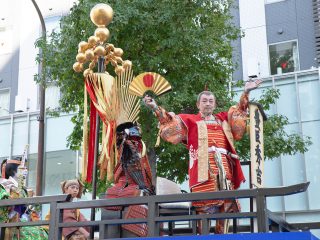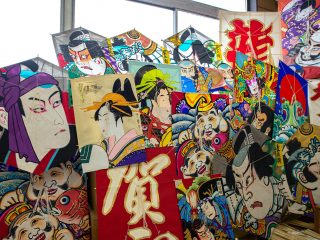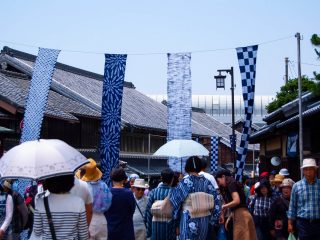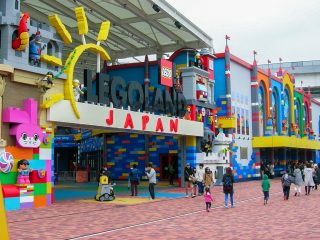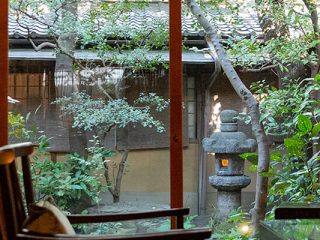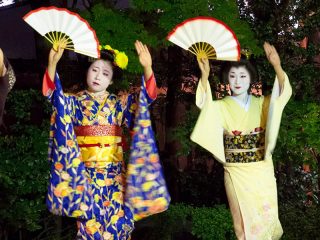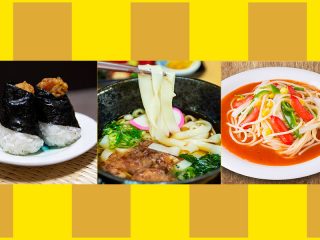Not far from the center of Nagoya City, in a rather discreet building, is located Daiichi Art Museum.
This museum houses a very good collection of two periods of the art of glass, modern and contemporary, with two great representative artists: the French, Émile Gallé (Art Nouveau) and the American, Dale Chihuly (contemporary art).
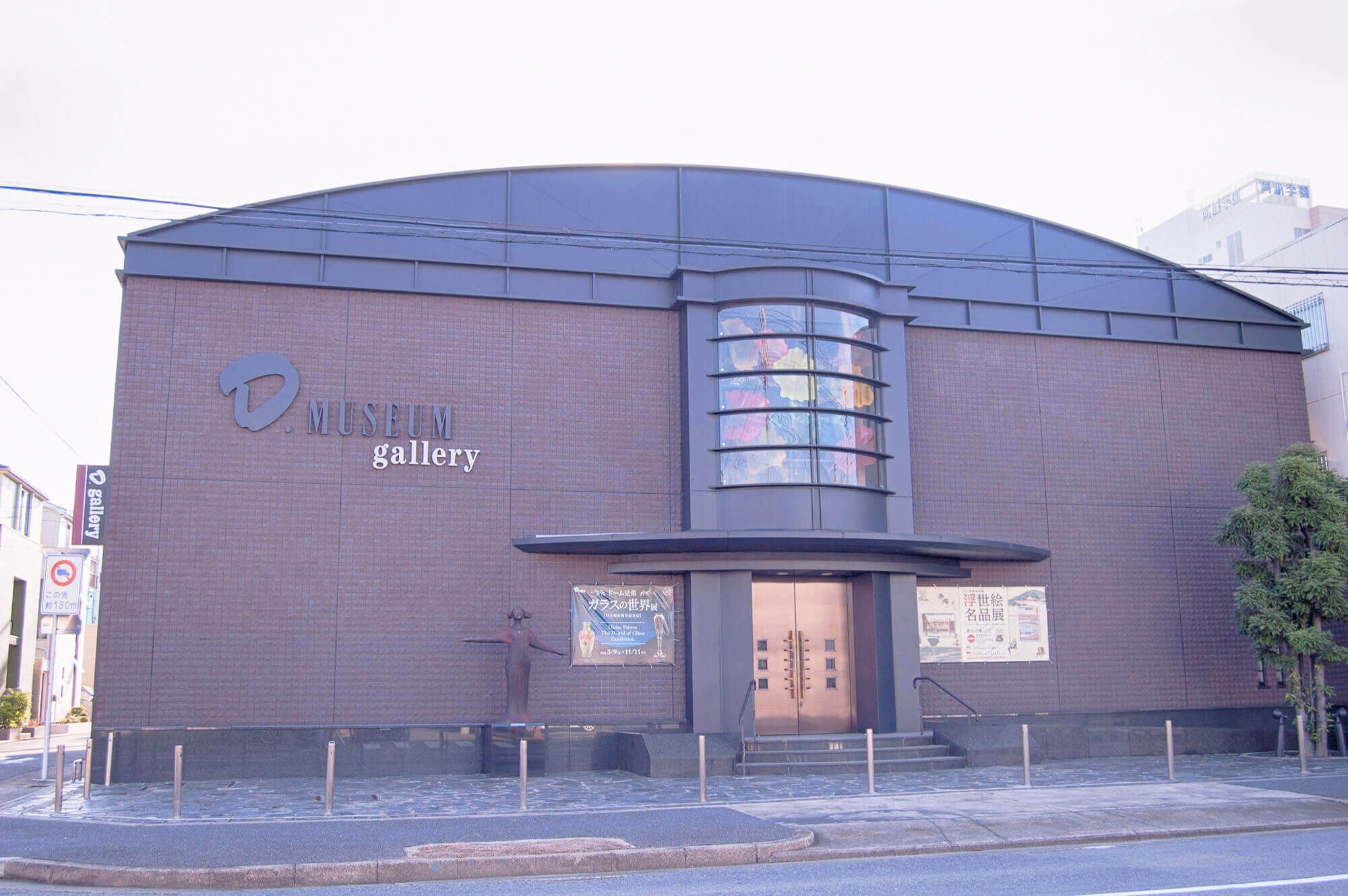
First floor
The first floor is dedicated to Art Nouveau. Art Nouveau was a style of popular decoration in the 1890s and 1900s that lasted until the War broke out in Europe in 1914.
This style was characterized by using fluid lines, lines that bend and rotate on themselves. Female images are represented, rounded and curved. It uses fluid motifs based on nature, with forms of plants growing and blooming, flowers on buds, exaggerated flowers, like the pods of seeds. It was also characterized by the use of waves, like women’s hair, or smoke.
The collection includes vases and lamps by Émile Gallé, the Daum brothers, and pieces by René Lalique. Exquisite pieces exposed in an elegant and mysterious environment.
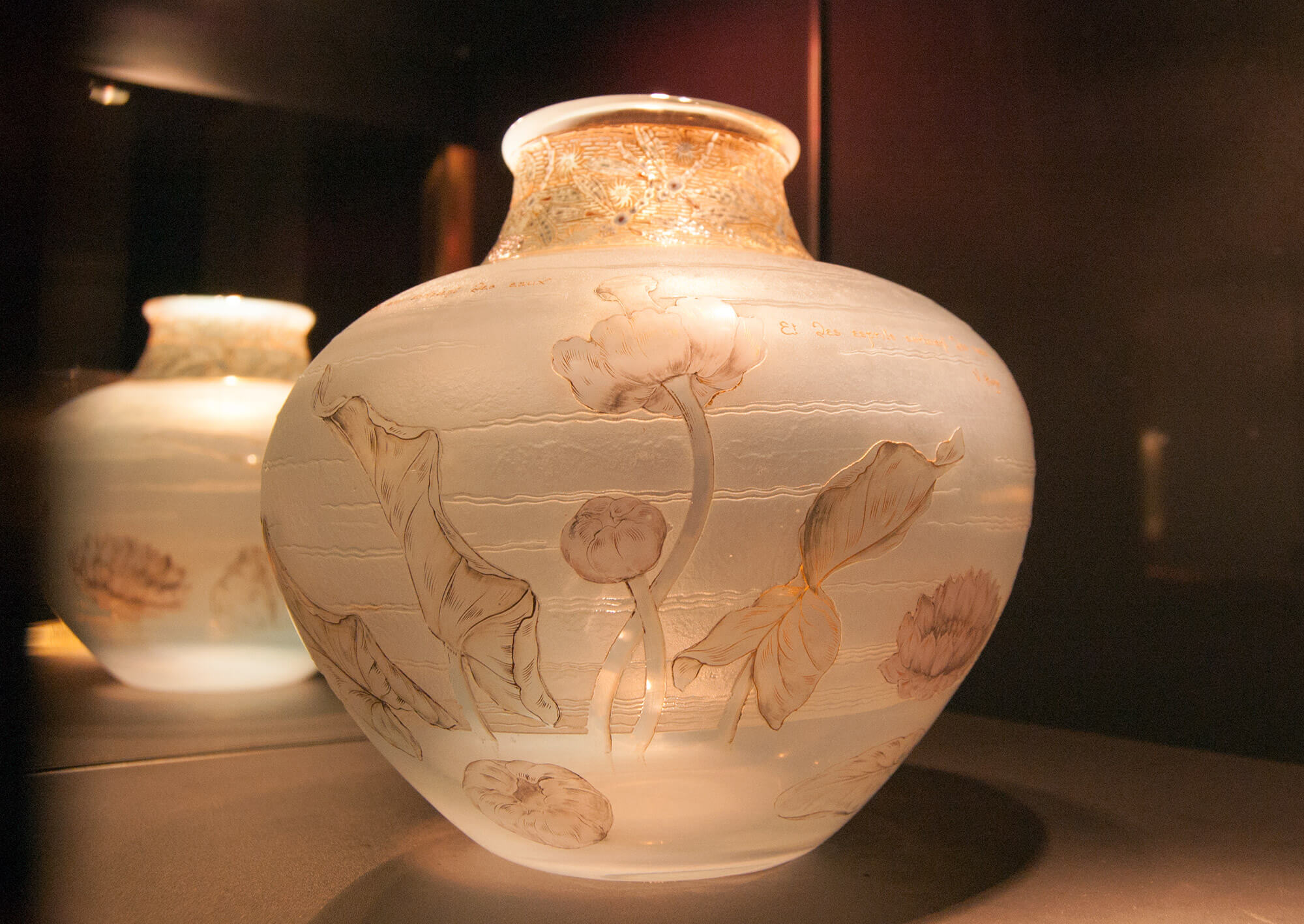
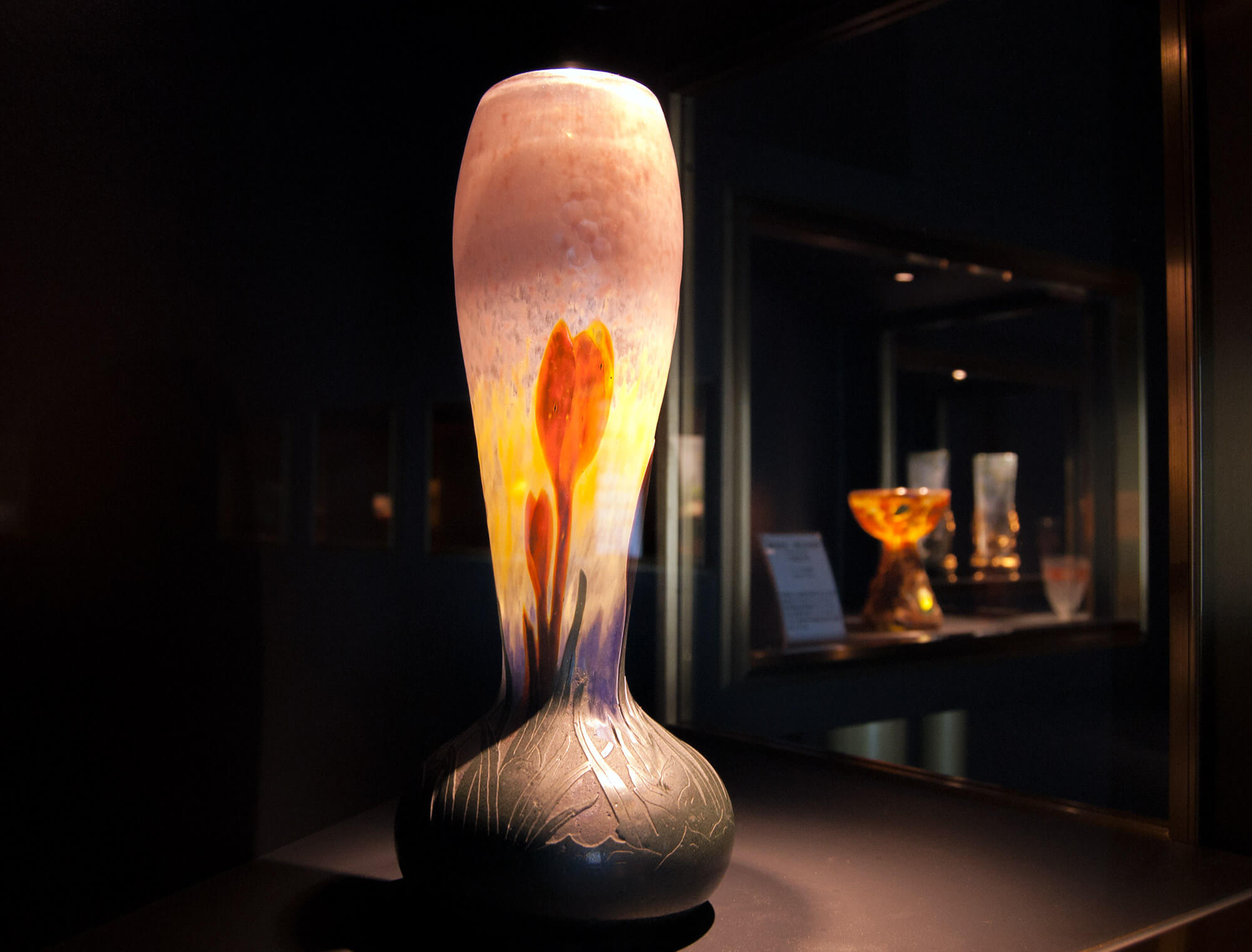
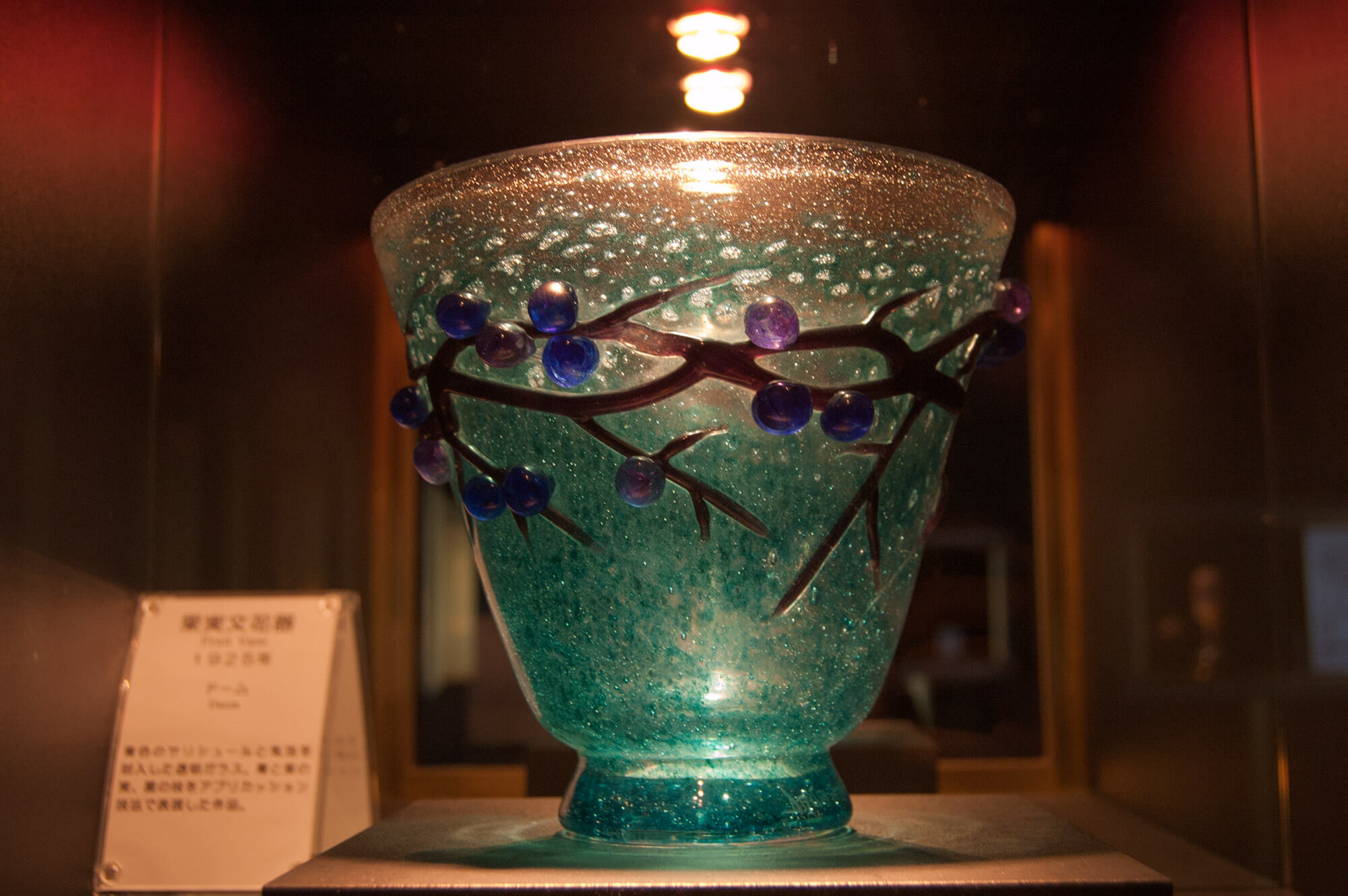
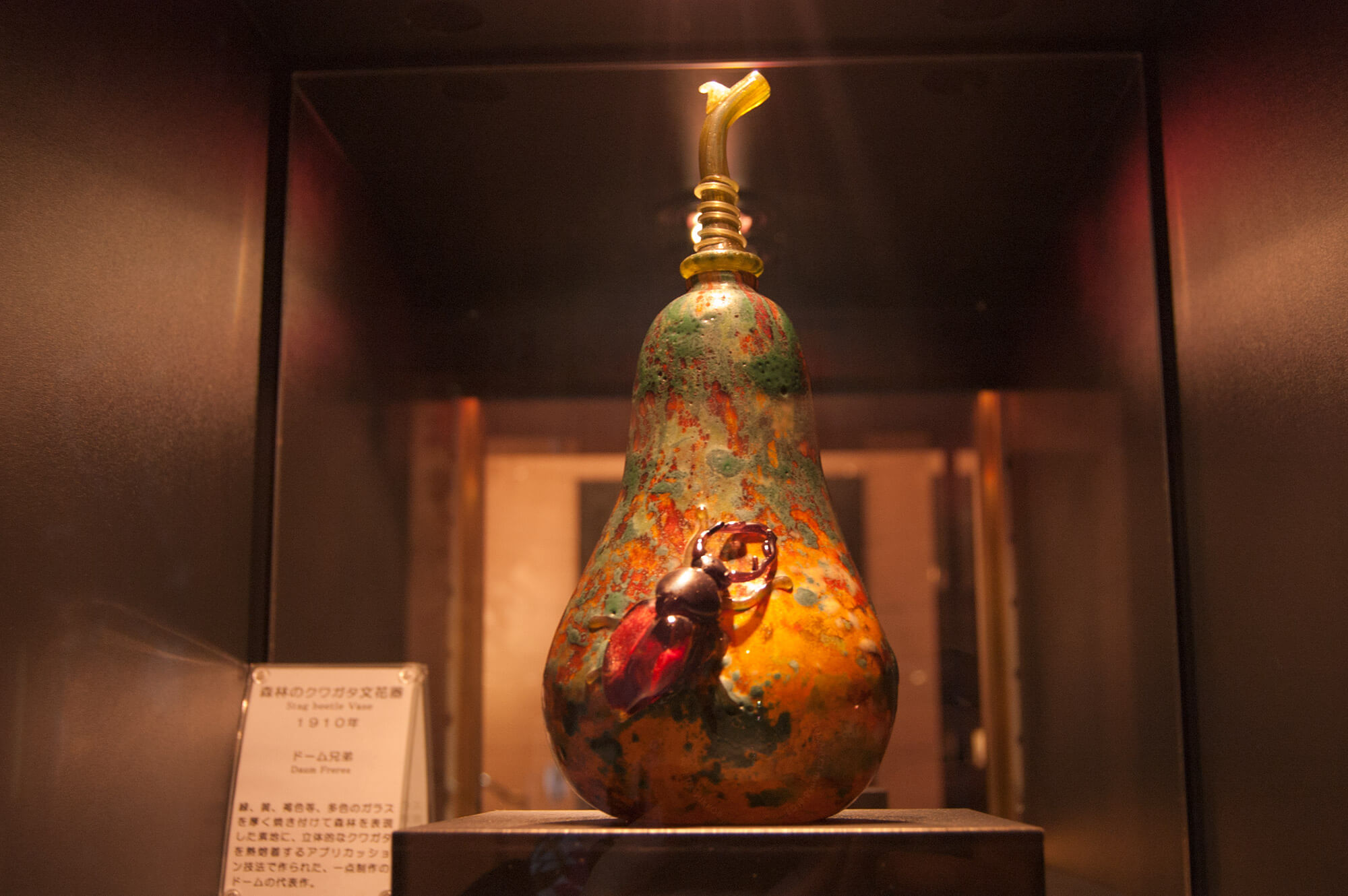
Second floor
An impressive glass chandelier by artist Dale Chihuly decorates the entrance to the museum.
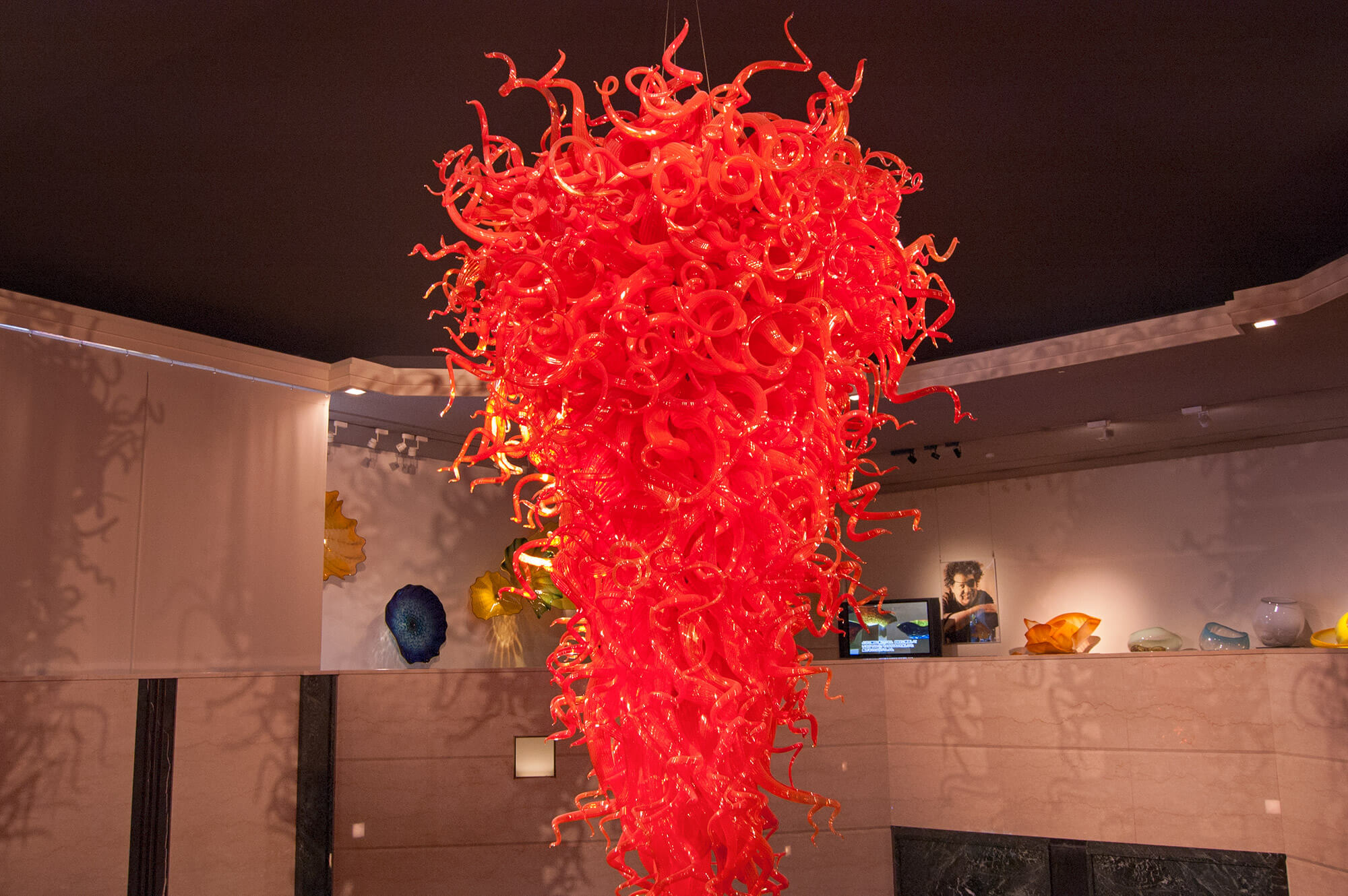
This second floor has a more colorful and bright atmosphere. Here are the works of the master of blown glass, Dale Chihuly. The works of this great artist are characterized by the abstract forms offered by nature, the gardens or the ocean and its creatures.
In this exhibition you can see the baskets. Asymmetrical vessels with thin and wavy walls, grouped in sets, with several small pieces nested in large and wide-mouthed forms.
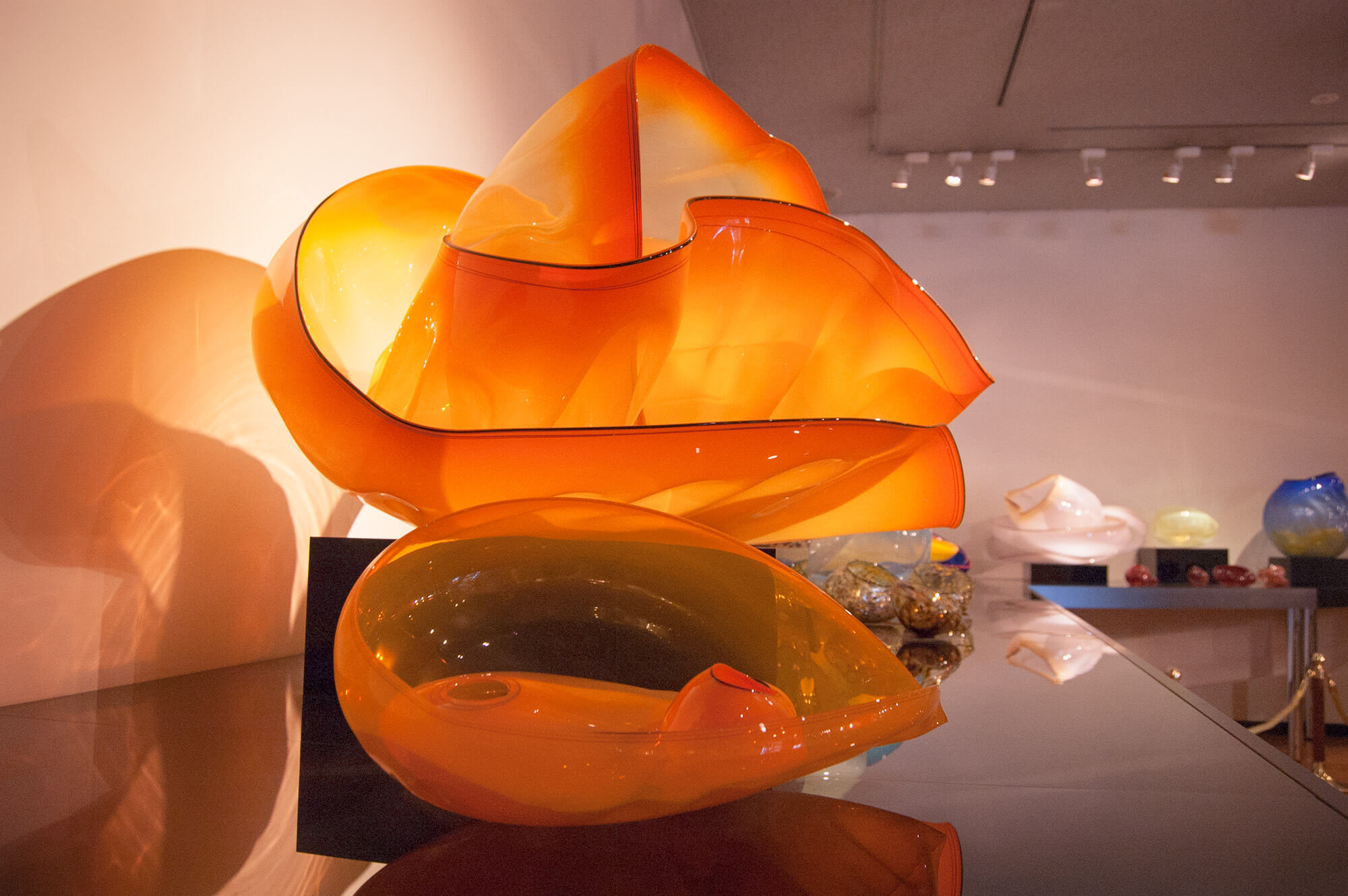
There are also the Persians. Undulating forms of colors, a celebration of the wild asymmetry and the pattern of swirls.
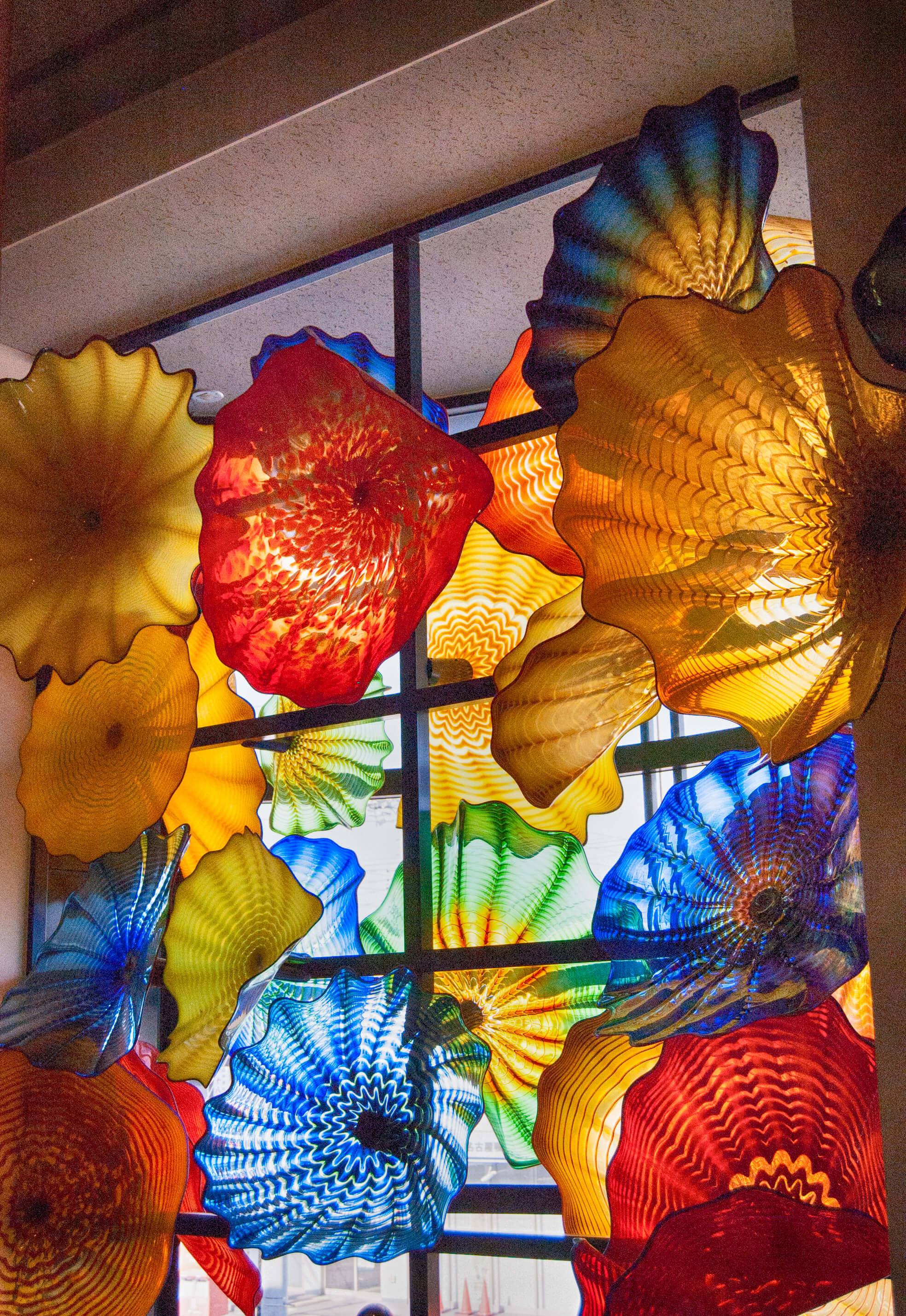
Or pieces like, the glass garden or the ocean creatures. They are truly masterpieces of contemporary art.
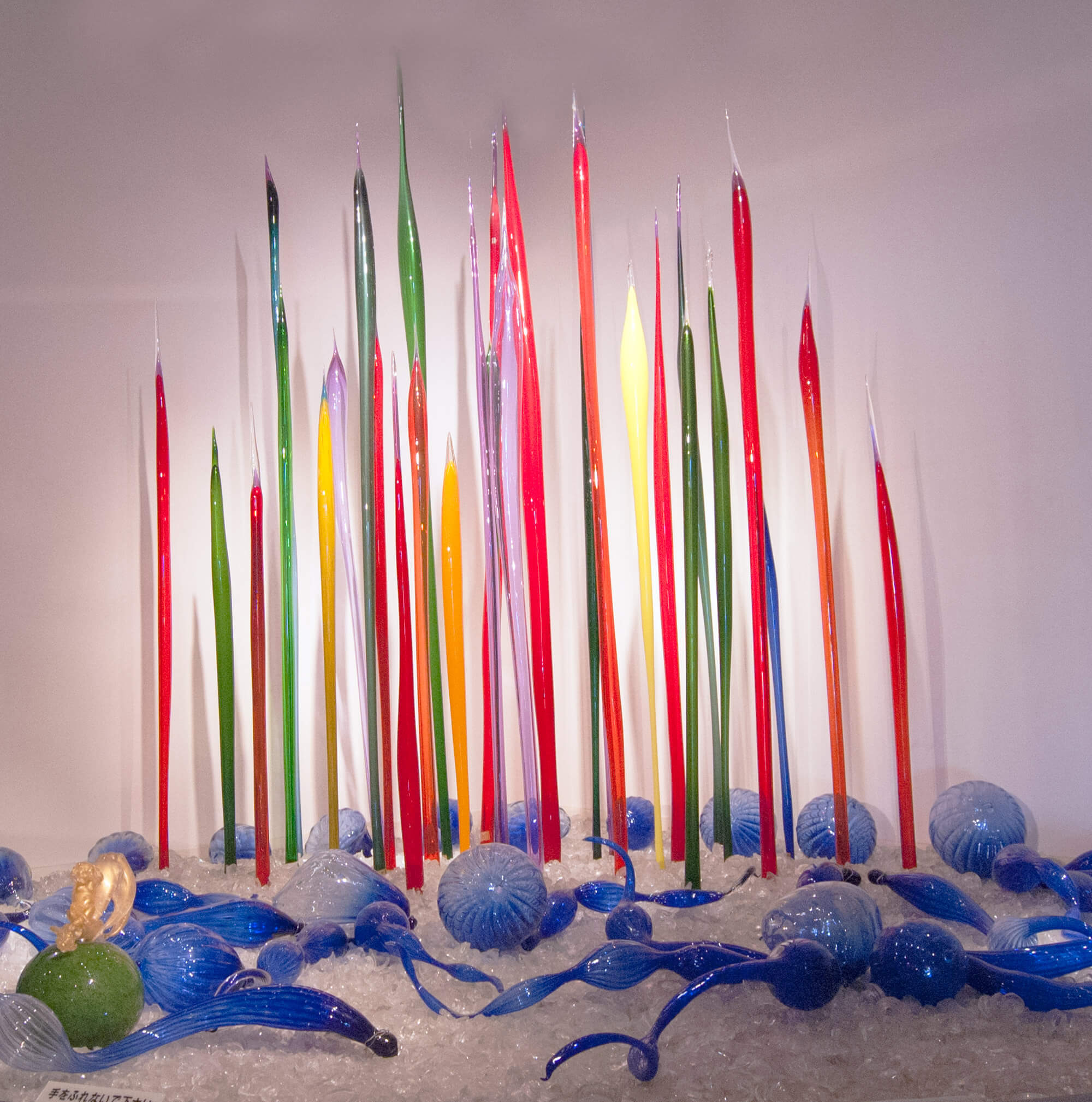
During my visit, the temporary exhibition was Ukiyo-e (woodblock printing), closing this second floor. In this exhibition, divided into two phases, ukiyo-e pieces representing the Tokaido trade route, with scenes of the route and landscapes. This commercial route was the most important of the Five Routes of the Edo Period, connecting Tokyo to Kyoto.
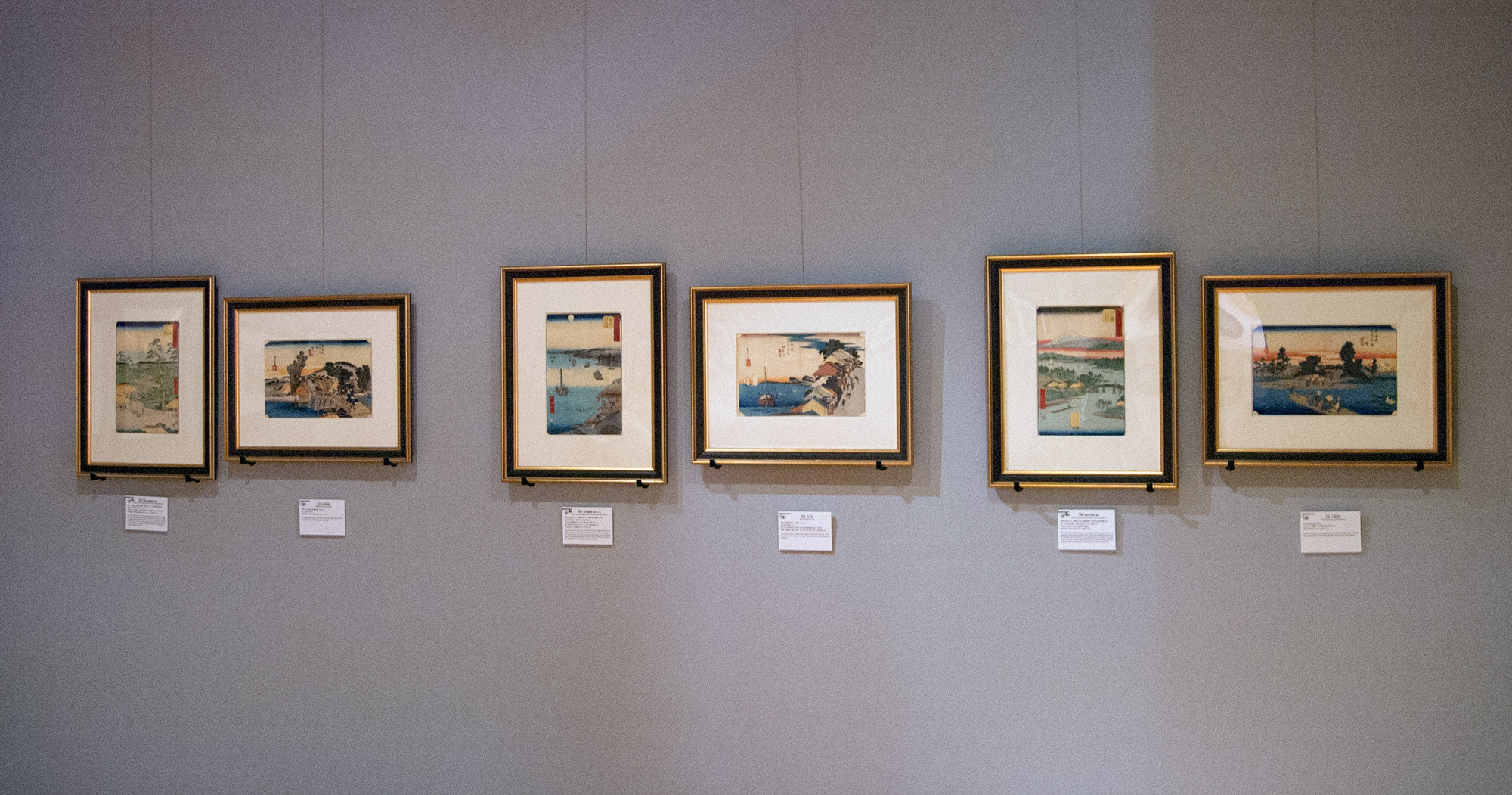
Other facilities
On the first floor there is a small gift shop, with books about the artists of the two exhibitions, jewelry made of glass and decoration pieces. There is also a small lounge with sofas, to sit and relax while taking a coffee.
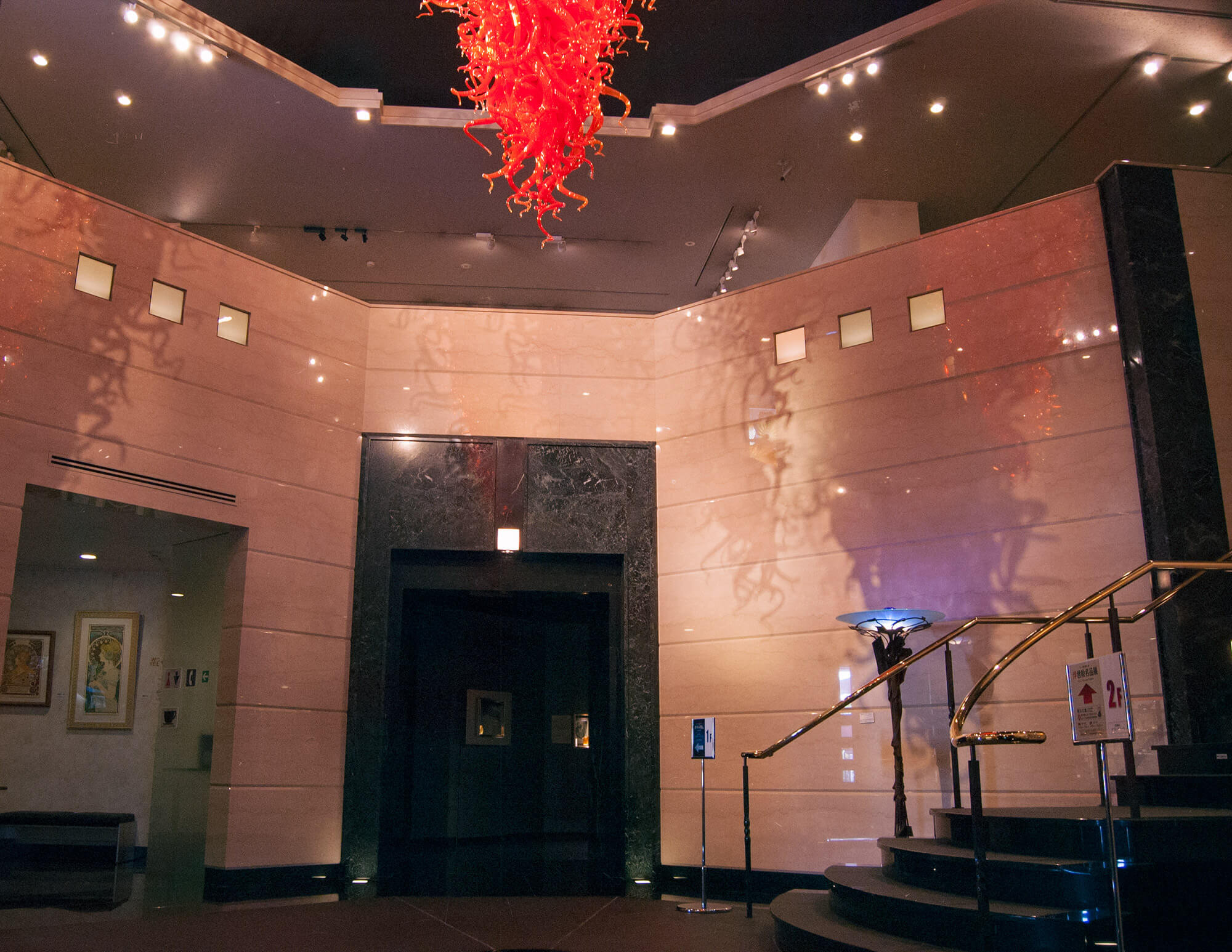
Personal opinion
It is not a museum with a very extensive collection but, only with what is exposed, you can spend 2 or 3 hours admiring the works in detail.
If I have to choose between one of the exhibitions, I definitely choose Dale Chihuly’s. It is the one that had the most impact on me. I am not very detailed in the art of glass, but the forms of the works, the colors used, fascinated me completely. I have never seen this type of technique with glass before. It is really an amazing and fascinating work.
Travel tips
The glass works are permanently exposed. So you can visit the museum at any time of the year.
Getting Here
By subway.
Take the Higashiyama subway line and get off at Nakamura Koen. Go out from exit 2. You will arrive in less than 20 minutes.
There is a bus that stops near the museum but the frequency is not very good so I recommend walking.
In taxi.
From the Nagoya station it is about 10 minutes and how much around 1,500 yen.
General Information
Address
1-22 Kamotsukicho, Nakamura-ku, Nagoya
Google Maps
Opening Hours
10:00 a.m – 5:00 p.m
Closed on Mondays
Admission Prices
Adults: 800 yen
Children (from 13 to 17 years old) and University students: 600 yen
Children (under 12 years old): 400 yen

